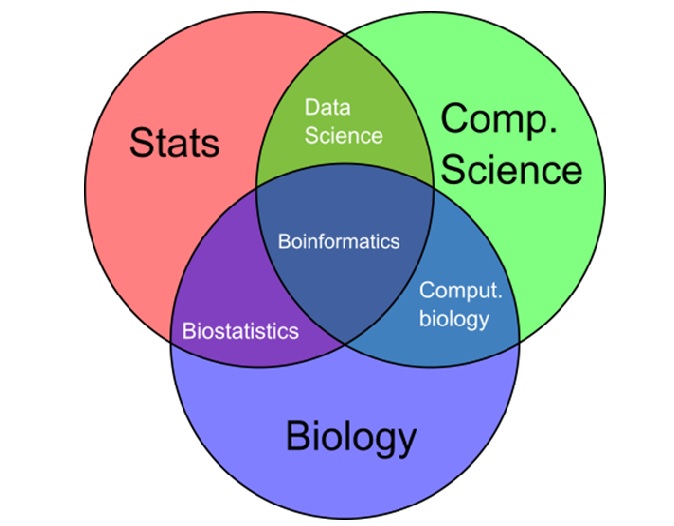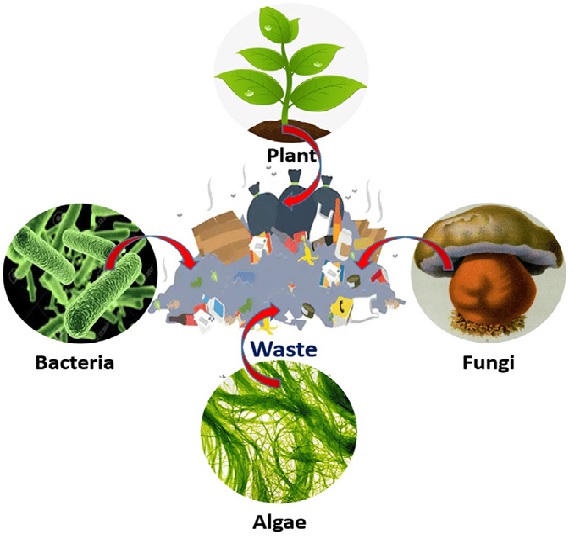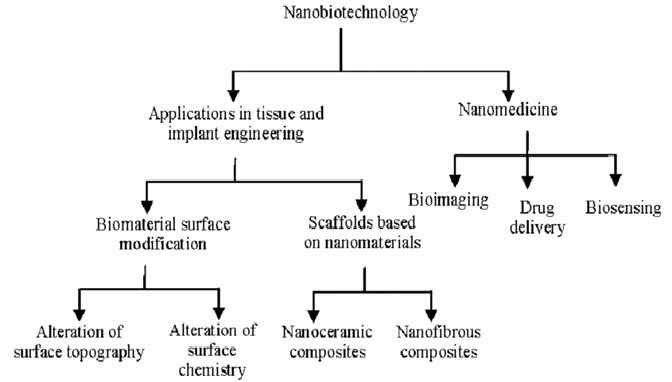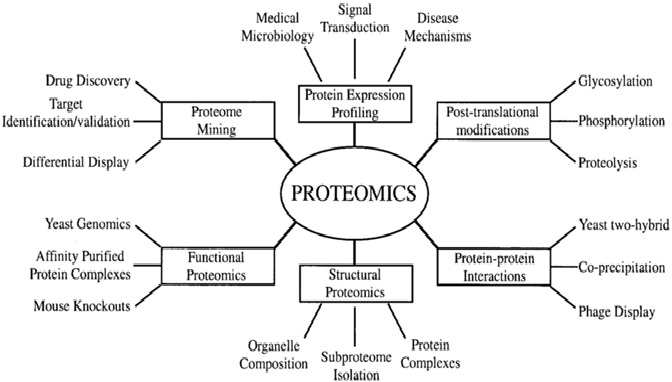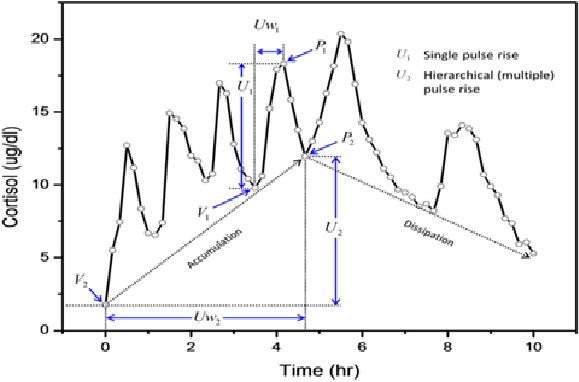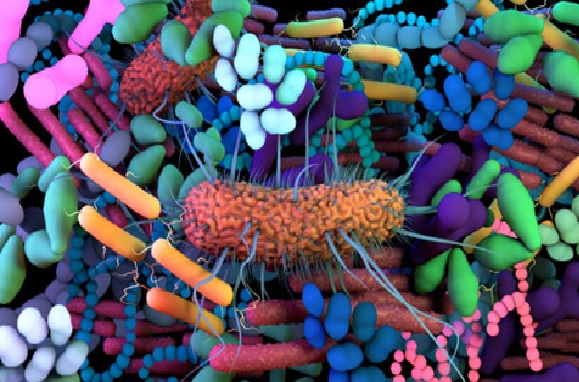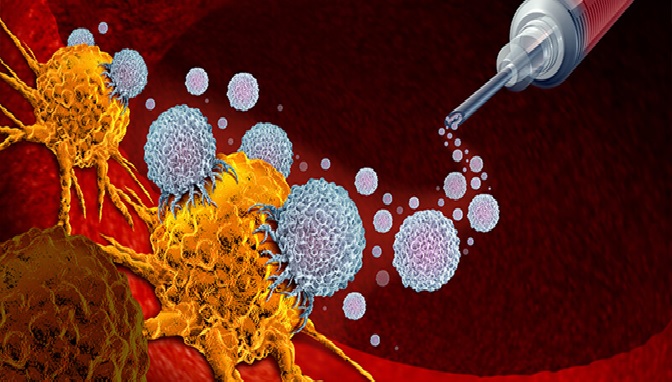Nanomedicine
The use of nanoparticles and other nanoscale materials in medicine for drug delivery, imaging, and disease diagnosis
Nanomedicine is a branch of medicine that applies the knowledge and tools of nanotechnology to the prevention and treatment of disease. Nanomedicine involves the use of nanoscale materials, such as biocompatible nanoparticles and nanorobots, for diagnosis, delivery, sensing or actuation purposes in a living organism.[1]
Cancer is known as the most dangerous disease in the world in terms of mortality and lack of effective treatment. Research on cancer treatment is still active and of great social importance. Since 1930, chemotherapeutics has been used to treat cancer. However, such conventional treatments are associated with pain, side effects, and a lack of targeting. Nanomedicines are an emerging alternative due to their targeting, bioavailability, and low toxicity. Nanoparticles target cancer cells via active and passive mechanisms.[2]
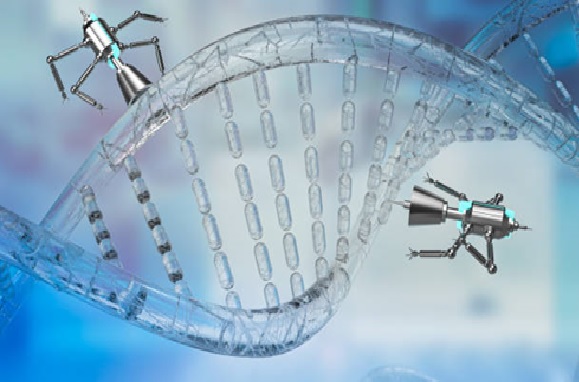
Figure .1 Nanomedicine
Figure 1 shows Nanomedicine is the application of nanotechnology in the field of medicine. It involves the use of nanoparticles and other nanoscale materials for medical purposes, including disease diagnosis, drug delivery, and tissue engineering.
Some of the current trends in nanomedicine include:
- Targeted drug delivery:The use of nanoparticles to deliver drugs directly to the site of disease, reducing the risk of side effects and improving treatment effectiveness.
- Imaging:The development of imaging techniques that use nanoparticles to enhance contrast and improve the detection of disease.
- Regenerative medicine:The use of nanoscale materials and structures to develop new tissue engineering techniques for repairing or replacing damaged tissues and organs.
- Diagnostics:The development of nano sensors and other diagnostic tools that can detect diseases at an early stage, improving treatment outcomes.
- Vaccines:The use of nanoparticles to develop new vaccine delivery systems that can improve the efficacy and safety of vaccines.
- Theragnostic:The combination of diagnosis and therapy in a single nanoparticle, allowing for personalized treatment and real-time monitoring of treatment effectiveness.
Nanomedicine has the potential to revolutionize the field of medicine, offering new ways to diagnose and treat diseases, as well as develop new therapies for previously untreatable conditions. However, there are also concerns about the safety and toxicity of nanoparticles, which must be carefully evaluated and managed to ensure the safe and effective use of nanomedicine.
References:
- https://www.nature.com/subjects/nanomedicine
- https://pubs.rsc.org/en/content/articlehtml/2023/ra/d2ra07863e
Cite this article:
Janani R (2023),Nanomedicine, AnaTechMaz, pp.129


